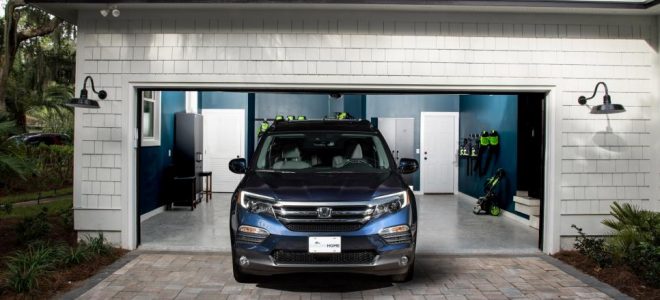Did you put your vehicle in storage for the winter? Or, do you wish to start up an old SUV and see if it still can run? Well, if your vehicle has been in storage for a while, there are several steps you need to take before it is truly road-ready.
By going through the proper process, you can ensure that your SUV is in proper condition. Not only does this make it safer for you to drive, but it also cuts down on the risk of internal damage. Now, if you would like to learn what these steps are, you will find all the relevant information here:
Check the Tires
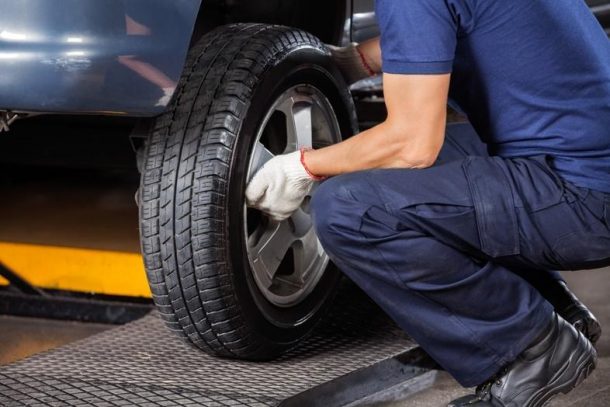
Source: clausenautomotive.com
The first – and easiest thing to do is check the tires out. You will need to examine the physical condition of the tires. Are they worn down or dried out? Are there any cracks or holes in the tire? Next, consider the tire pressure.
You should keep in mind that you can’t always tell if a tire is appropriately filled simply by looking at it. This is why you should use a gauge to determine whether it needs to be inflated or not. If the air has seeped out, you will need to fill it up before the SUV can be taken out on the road.
Top Up the Fluids
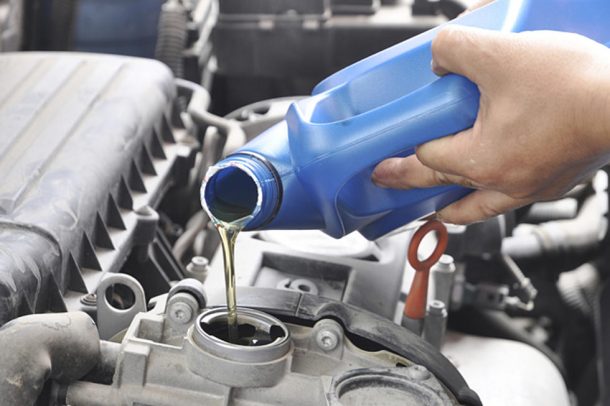
Source: totalnewswire.com
If you followed proper storage protocol, there is a good chance that you removed many of the fluids in your vehicle. As such, you will need to return them back to appropriate levels. Even if you didn’t take this step, you should still check on the level of your engine fluid, transmission fluid, coolant, radiator fluid, brake fluid, power steering fluid, and washer fluid.
You shouldn’t even think of driving your car until you have completed these tasks. Once you are done, it is a good idea to wait for a bit. Then, check under your car. Do you notice any of the fluids leaking onto the floor? If so, you will need to locate the problem and sort it out immediately. If there is no leak, then you can move onto the next step.
Take a Look Under the Hood
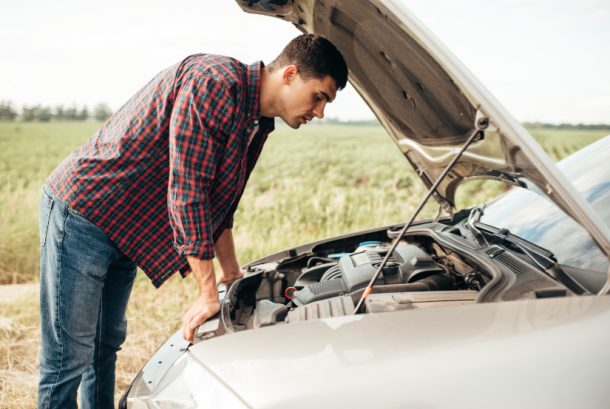
Source: medium.com
You are going to need to check under the hood for several reasons. The main reason, of course, is to make sure that the system is in good condition. You may want to use a flashlight for this step. Then, you will be able to check for any kind of cracks or loose fittings.
You will also need to inspect the area for signs of critters. Even if you have shut up your garage well, there is a chance that rodents and other small creatures may have made their way in. They may also have set up nests under the hood of your SUV. Thus, you will need to clear all of this away before you start up your engine.
Check the Battery
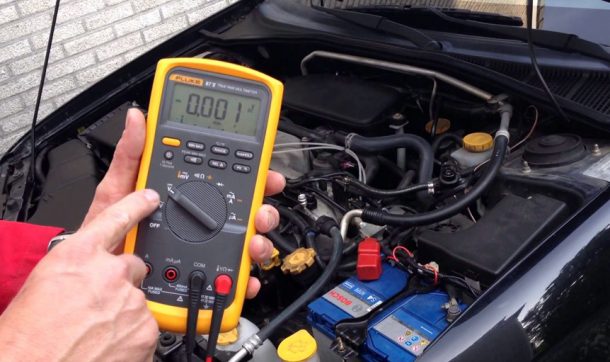
Source: topautotools.com
Inspect your battery before putting it in. You will need to make certain that corrosion has not set in. Also, check that the connections are still firm.
There is a good chance that the battery will be dead at this point. If you aren’t sure, make sure to test it first. If the battery is dead, don’t fret, as you can get yourself a car battery charger rather easily. If you would like to know what your best options are, click here.
It is a good idea to determine if the battery is capable of still holding a charge before you drive around. In case the battery can’t maintain a charge, it will need to be replaced. Or, it could end up damaging your alternator.
Make the Necessary Replacements
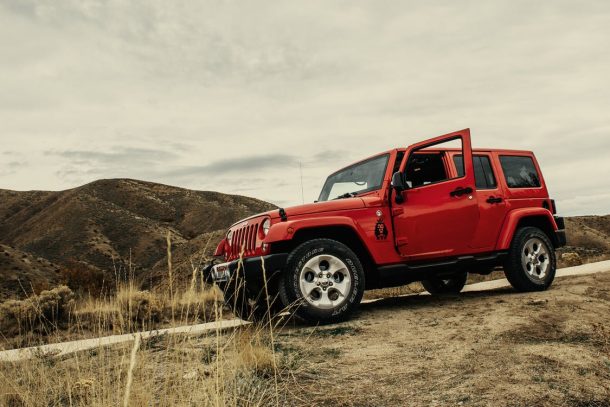
Source: pexels.com
During the inspection of your vehicle, you will notice what may need to be replaced. However, two components that should certainly be replaced are your air filters and your windshield wipers.
Understand, dust can settle in your filters even when the SUV is not in use. This means that their function will be compromised when you are driving. For a cleaner environment, make it a point to switch these implements out.
Windshield wipers don’t do so well in dry conditions. Thus, when they aren’t being used regularly, they have a tendency to dry out. In turn, they can crack, making them useless when you finally need to use your vehicle again. To avoid doing damage to your windscreen, change these – it will only take you a couple of minutes.
Test the Brakes

Source: pexels.com
Did you know that brake fluid can absorb moisture? This can take place when your SUV is in storage. The moisture can cause rust and corrosion to build up. When this happens, the brakes can feel like they are sticking.
If you do notice that there is rust on the rotors, sand it off. Just use 100-grit sandpaper on a rubber block. At the same time, you need to test out the brakes before heading out onto the open road. So, check out how they work on the driveway.
Let the car roll a short way and see how your brakes respond when they are applied. While some noise is to be expected, it should go away soon. If it doesn’t, though, you will need to take your vehicle into the shop.
Air Out the Vehicle
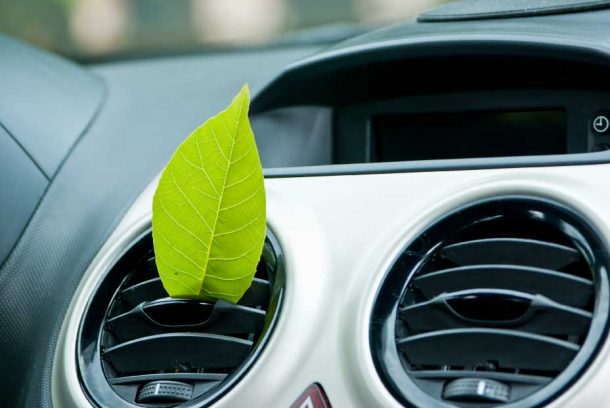
Source: mafra.com
Remember to always air out your vehicle before you get in. There is a good chance that things have gotten pretty musty in the interior cabin. This air can also be rather unhealthy to breathe in. So, make sure to roll down the windows and get the car out into bright sunlight. Then, let it air out for a few hours or so.
This is what you need to do when taking your SUV out of storage. Follow these guidelines and everything should go off without a hitch. So, when you finally drive your vehicle, you won’t need to worry about any problems that could crop up.

